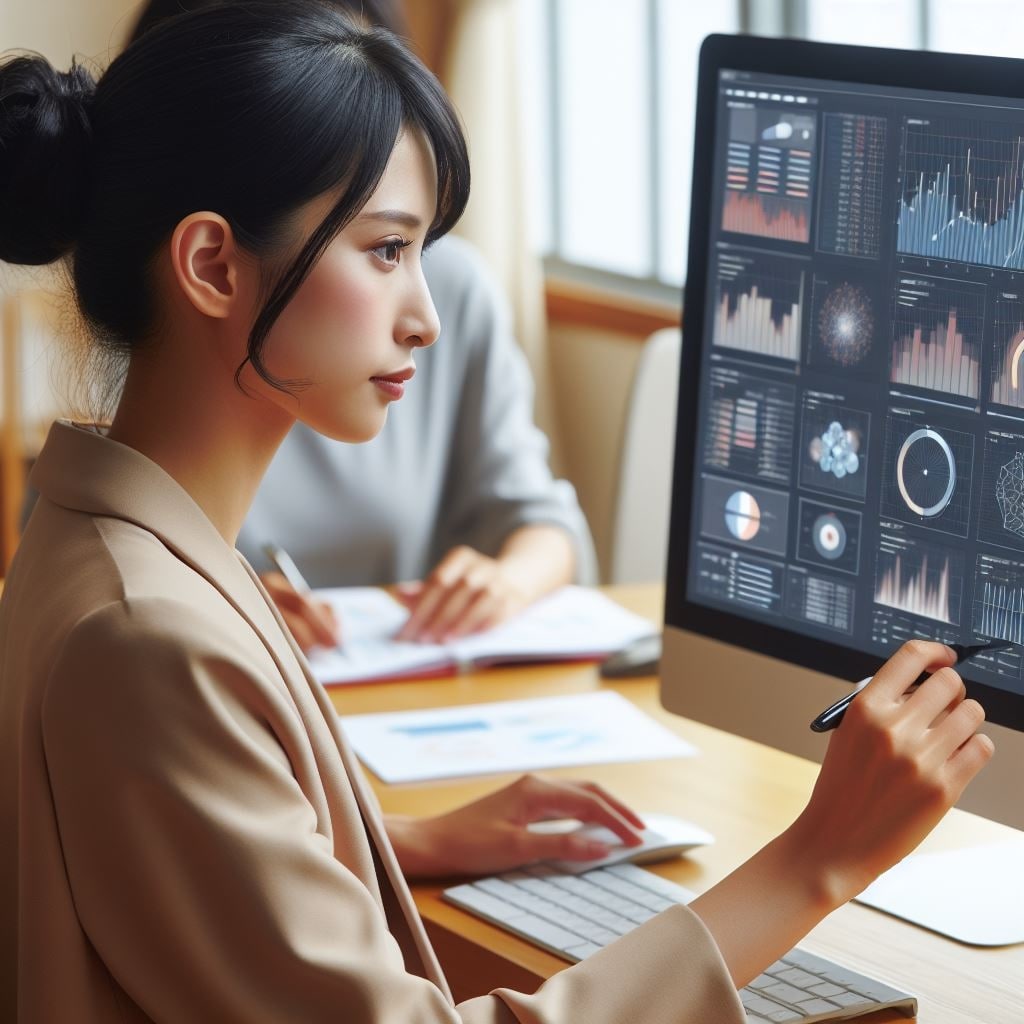The Future Of Computer Vision In AI Development
Computer vision has become one of the fastest-growing areas of artificial intelligence. It allows machines to analyze and interpret visual information, unlocking new possibilities across industries. With breakthroughs in deep learning and faster processing, its applications are expanding rapidly. Therefore, businesses are focusing on how this technology can drive future growth.
Future Of Computer Vision
Opening insights
Computer vision is advancing as a critical field in artificial intelligence. It enables machines to understand and process visual information with increasing accuracy. Breakthroughs in deep learning and computing power are driving this growth. Consequently, industries are looking to harness its potential for future innovation.

Present use
It supports facial recognition, automated inspection, and advanced image processing. Cloud integration has made these systems scalable and reliable. Moreover, improved algorithms enhance consistency and accuracy. As a result, the technology is shaping many modern solutions.
Research momentum
Ongoing research continues to accelerate progress in computer vision. Larger datasets help models achieve greater precision and reliability. Specialized AI chips and GPUs are improving processing speed. Startups and established companies are making significant investments. Therefore, innovation is reaching markets more quickly than before.

Industry impact
The effects of computer vision are visible in several sectors. Healthcare uses it for medical image analysis, improving early detection. Retail benefits from automated stock management and customer personalization. Autonomous vehicles depend on it for safe navigation. Furthermore, enhanced surveillance systems are making cities safer.
Rising patterns
Several patterns highlight where computer vision is heading. Edge AI is enabling faster processing directly on devices. Multimodal AI merges visuals with text and audio for richer insights. Synthetic data is being used to train systems more effectively. Consequently, these patterns are guiding new applications across industries.
Major barriers
Privacy concerns increase as recognition systems spread. High costs of hardware and training limit smaller players. Moreover, shifting regulations create uncertainty. Therefore, addressing these barriers will be essential for sustainable growth.

Automation power
Computer vision plays a central role in automation efforts. Manufacturing uses it for defect detection and quality checks. Agriculture applies it to monitor crop health and yield. Logistics tracks goods through vision-enabled systems. Service industries explore gesture-based interaction to improve customer engagement. Hence, automation depends heavily on its capabilities.
Conclusion
The future of computer vision in AI is filled with potential. Advancements in learning models, hardware, and real-time processing are accelerating adoption. Industries are already gaining measurable value from its integration. Still, ethical, regulatory, and accessibility issues must be addressed. Ultimately, computer vision will transform human interaction with technology worldwide.
